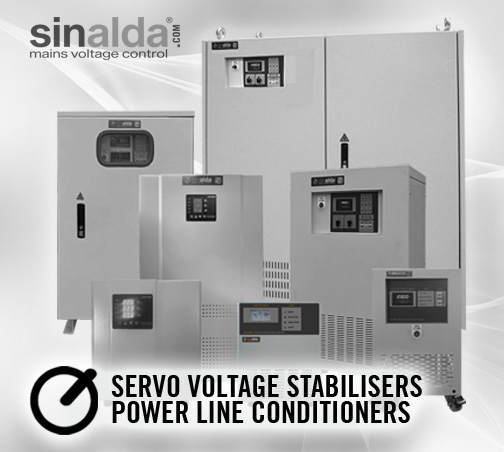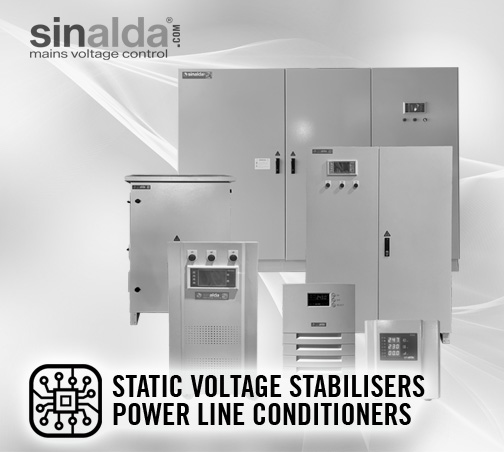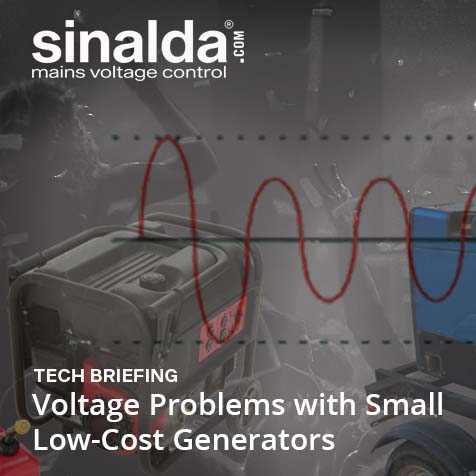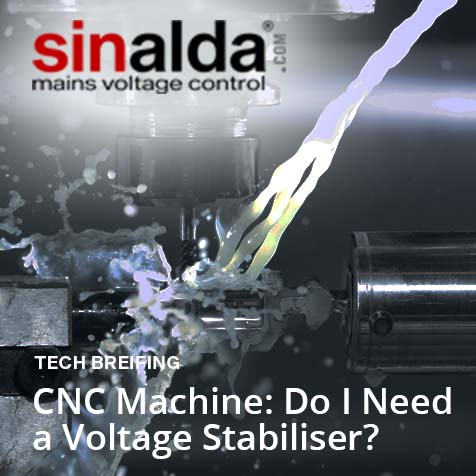What is best, a Servo or Static Voltage Stabilizer?
Choosing between a Servo Electronic Voltage Stabiliser and a Static Voltage Stabiliser depends on several factors, such as the application, performance requirements, environment, and budget.
Servo Electronic Voltage Stabiliser: This type of Stabiliser uses a servo motor-controlled variable transformer. When voltage fluctuations occur, the system automatically adjusts the motor’s position to change the voltage to the desired level. These stabilisers are suitable for loads that can tolerate a few cycles of correction time. They have a high capacity and are ideal for high-inrush current applications. However, they have moving parts which could lead to wear and tear over time, resulting in certain limited maintenance requirements.


Pros-
- Good voltage correction speed.
- Suitable for 95% of all applications.
- Capable of handling larger load capacities.
- Suitable for high-inrush current/inductive load applications.
- Highly endurable with a long life span.

Cons:
- Mechanical parts lead to maintenance requirements.
- Do not offer permissible input voltage window options as wide as Static systems.
- Potential Noise due to mechanical operations.
Static Voltage Stabiliser: These stabilisers use power electronic components (like SCRs & IGBTs) and do not have any moving parts (other than fans), which reduces the need for maintenance due to mechanical wear and tear. They are highly efficient and generally have a faster response time compared to servo stabilisers. While they tend to be less expensive than servo stabilisers, they may not handle high inrush currents as well as servo stabilisers.


Pros:
- Fast response time.
- High efficiency.
- No moving parts (other than fans), reducing maintenance requirements.
- Normally less expensive.
- Offer wider permissible input voltage windows than Servo systems

Cons:
- Do not handle high inrush currents as well and, as such, are not best suited for more industrial-style applications. >Learn more about inrush currents.
- Output Voltage accuracy on wide permissible input voltage windows (±25% and above) is not generally as good as servo systems.
In summary, with its well-proven design, a servo voltage stabiliser is usually the sound choice as it is suitable for 95% of all applications and can handle high inrush currents. However, if the speed of response and virtually no maintenance requirements are essential, and the budget is tight, a static-electronic voltage stabiliser is an increasingly preferred/popular choice.
Remember always to consider the specific requirements of your application, as there isn’t a universal “Best” choice between these two options. Usually, at Sinalda, we say if you are looking for voltage stabilisation of an inductive type of load (e.g., motors, transformers, inductors etc.), then a servo stabiliser from our SVS series or IVR/I industrial range is nearly always the most appropriate choice.
However, let’s talk as a wide range of add-on options are available with our ESR range of Static Stabilisers, which enables a tailored solution to be offered which can meet most specific and demanding site/load requirements.
To learn more about the multi-award-winning Voltage Stabiliser solutions we offer at Sinalda UK, please check out the links below:




